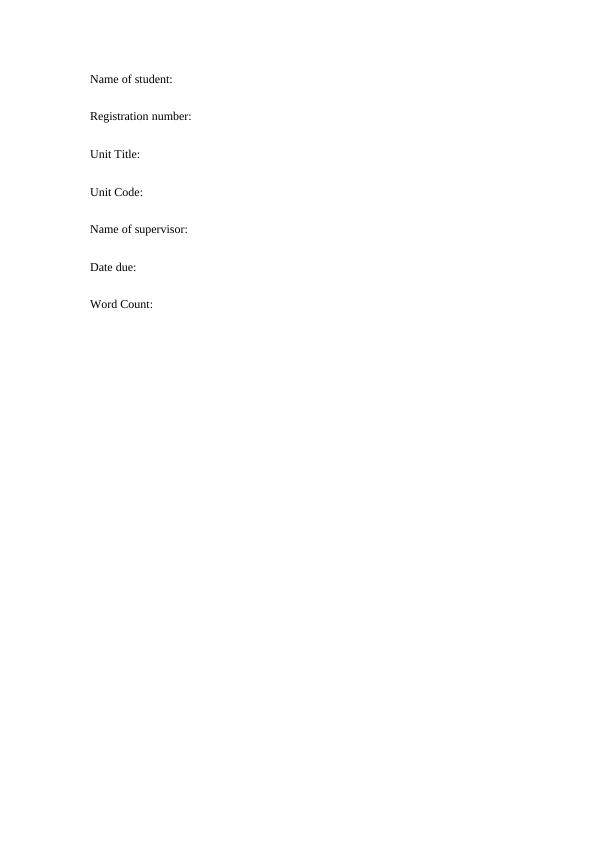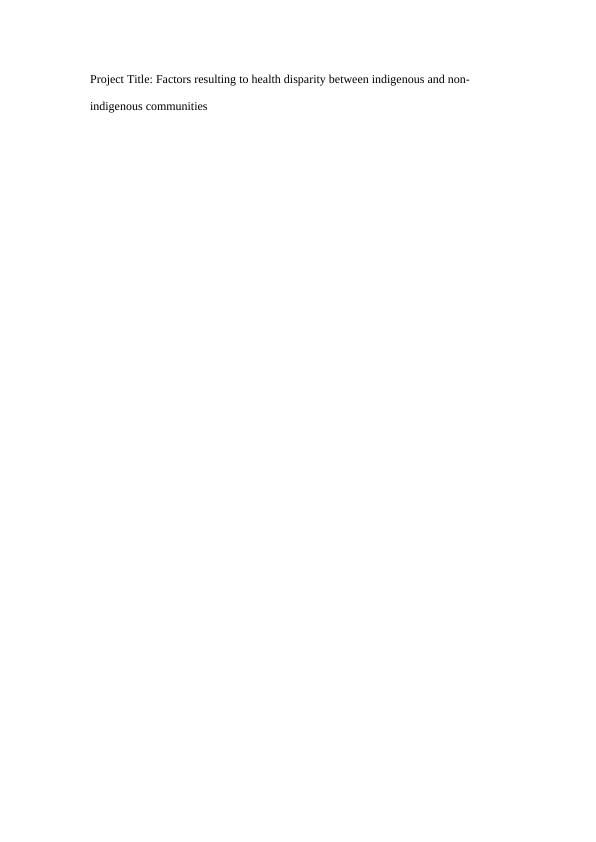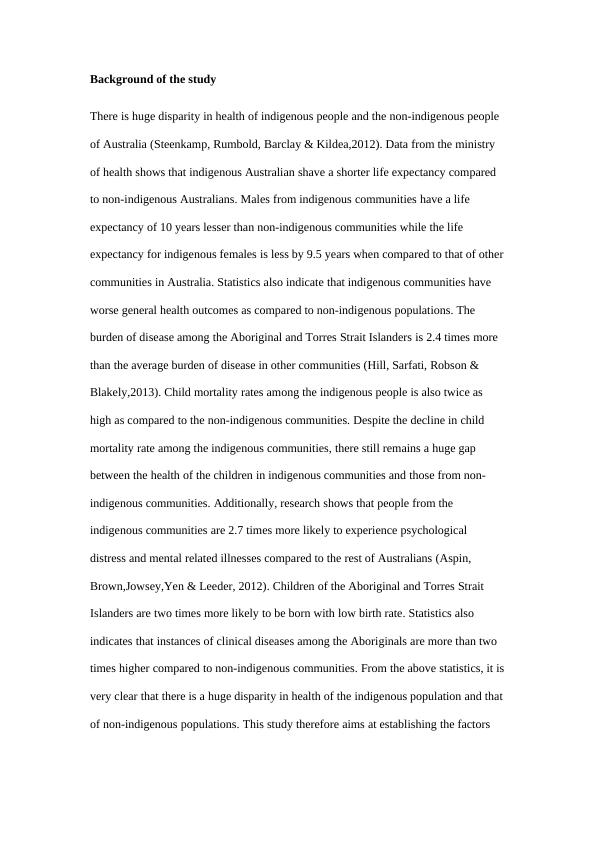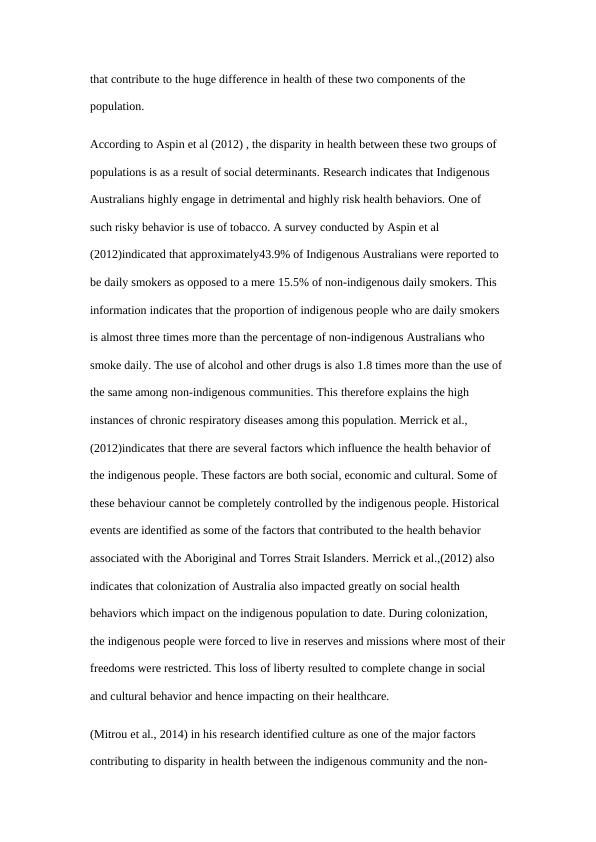Factors resulting to health disparity between indigenous and non-indigenous communities
Added on 2022-10-10
16 Pages3191 Words420 Views
End of preview
Want to access all the pages? Upload your documents or become a member.
Health Inequalities Between Aboriginal and Non-Indigenous Populations
|6
|1262
|17
Aboriginal and Torres Strait Islander deaths are significantly more likely to die in their native Australians than their non-indigenous counterparts
|8
|1791
|165
Indigenous Australians and diabetes PDF
|10
|2608
|87
Indigenous and Non-Indigenous Health Issues in Australia
|11
|3054
|415
Public Health Assignment 2022
|9
|1957
|27
Closing the Gap Policy and its Significance to Indigenous Australians
|9
|2301
|364




